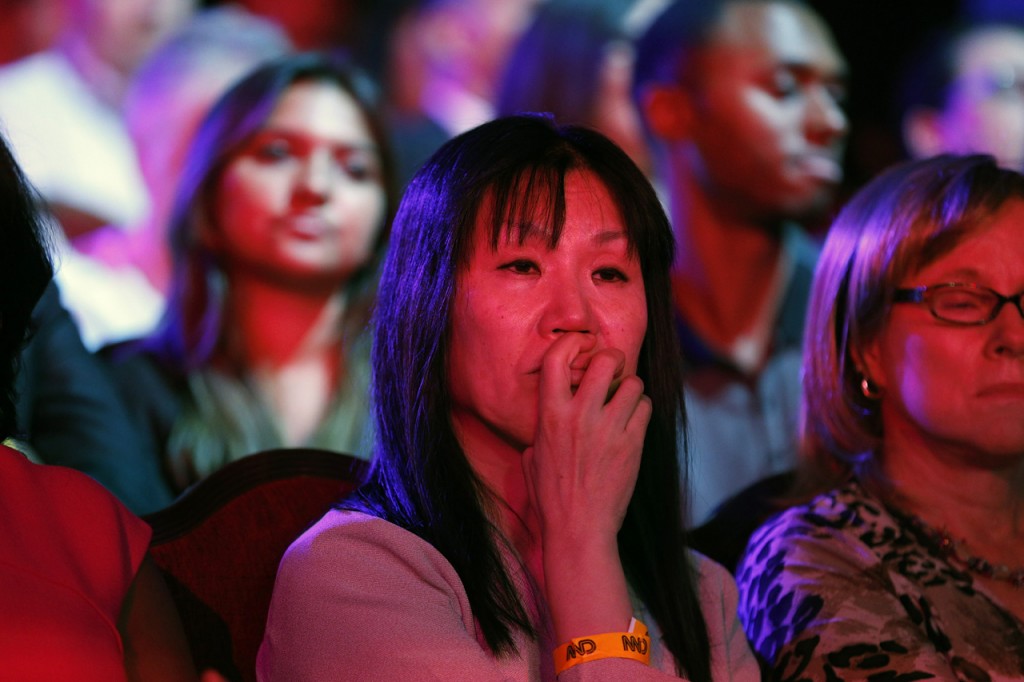There’s nothing more American than an old-fashioned political debate. Abraham Lincoln made his name in debating his opponent in a U.S. Senate campaign (he lost that election in 1858 but captured the presidency two years later). Many people think a strong debate performance propelled then-Senator John F. Kennedy to the presidency in 1960.
Fast-forward to the November 2016 presidential election. By election night, the Republican and Democratic party candidates will have faced off in multiple nationally televised debates.
They’ll debate each other in September and October 2016, with some 70 million Americans expected to tune in. And those two candidates already will have debated members of their own parties in the contest to become the party nominee.
Presidential primary-election debates are attracting more attention than those from the three previous election cycles, says Geoffrey Skelley, a political analyst at the University of Virginia’s Center for Politics. The first televised primary debate of the 2016 campaign set a viewership record for Fox News Channel. Polls show that even voters who don’t tune in still learn about, and talk about, the debates.
A different style and tone – and a different audience
While the primary and general election debates are similar in format, savvy observers note differences in style and tone. Primary election debaters can seem more aggressive with one another, even though their disagreements with the opposing party’s general election candidate presumably are deeper. Why is this?
The two types of debates serve different functions. Candidates for their party’s nomination must appeal to their party’s strongest supporters. Those voters look for a candidate who will champion the party’s ideals.By contrast, when the Democratic and Republican nominees share the stage before the general election, each typically aims to win votes from independents, from undecided Americans and from the political center. And each tries hard to appear presidential.

Audience members watch the October 13, 2015, Democratic debate in Las Vegas (© AP Images)
Standing out in a crowd
Those early, intra-party debates typically have more participants. It’s harder to stand out when there are 10 or more debaters, as opposed to two. Sharper rhetoric is one way to stand out in a crowd.
And don’t forget the audience. When everyone in the hall is from the same party, a friendly and enthusiastic audience can spur debaters on to sharper attacks.
In part the debates require good showmanship. Words are important, but appearances matter too, especially on TV. Candidates increasingly try to say a lot in as few words as possible. That makes for effective sound bites that, Skelley says, can be used later in television ads or on social media.

Caucus participants vote in Washington state. Intra-party debates influence 60 percent of caucus and primary voters. (© AP Images)
Candidates in the general election debates must show they can inspire and rally the entire nation, not just party loyalists. And they may delve more deeply into the substance of important global and national issues.
So if you tune in to one of the debates, enjoy it! But also learn about different views, even the ones you disagree with. The South African statesman Nelson Mandela got to the core function of political debates, whether in the U.S. or elsewhere, when he said, “A good leader can engage in a debate frankly and thoroughly, knowing that at the end he and the other side must be closer, and thus emerge stronger.”
The original English version of this article is here on ShareAmerica.







COMMENTS0
LEAVE A COMMENT
TOP